Sweet Treats from Your Garden
The best carrots etch themselves in our memory from the very first bite – crisp and crunchy with a bold, sweet yet complex flavor. They are a cornerstone of the garden, yet that perfect carrot can be elusive if you don’t understand what it needs. Luckily for us, carrots come in all shapes and sizes for different gardening conditions – long and tapered, short and stubby, or tiny fingerlike. Different lengths are suited to different soils and lengths of season.
Carrots can thrive in almost any type of garden, from a container on the porch or balcony to raised beds and traditional in-ground gardens. They are perfect for introducing children to gardening, as the excitement of planting, caring for and finally pulling and tasting that first home-grown carrot will become a treasured memory. Because they mature relatively quickly, they are perfect for succession sowing as well as spring and fall gardens, keeping a steady supply of fresh, delicious treats coming.
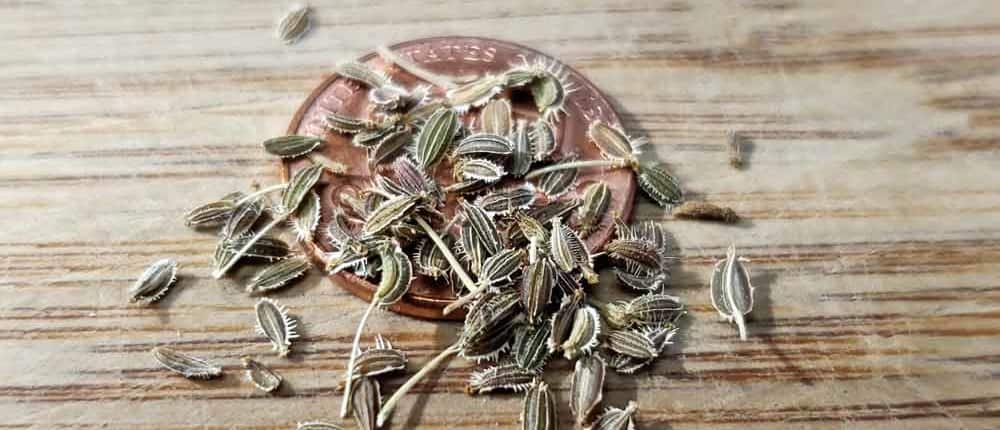
History
If you’ve ever pulled a Queen Anne’s lace plant, you’ve seen one of the origins of our garden favorites. The wild carrot seems to have originated in the Mediterranean region, and archaeological evidence shows seeds from approximately 10,000 years ago. These carrot ancestors spread far and wide, with seeds appearing as far as Europe and Egypt almost 5,000 years ago. Both Pliny and Dioscorides described their edible leaves and thin, strong-flavored roots that were mostly used medicinally.
The first record of domesticated carrots appeared in Afghanistan, specifically in the Himalayas and the Hindu Kush mountainous region, spreading both east and west with trade on the Silk Road. Adjacent regions of Russia, Persia, India, and Anatolia were early adopters, growing and breeding the early, purple-rooted carrots in the early 11th century. By the mid-11th century, the purple carrot had spread to Spain and the rest of Europe, where breeders started experimenting to increase the root size and improve the flavor.
Red and yellow carrots are believed to first have been bred in West Asia, creating interest from traveling traders who brought these new colors and flavors to Spain in the early 12th century, followed by the rest of Europe soon after.
The well-known orange carrot became popular in the 16th century when Dutch and Spanish paintings began showing them in market scenes, but the orange color likely originated much earlier through gradual selection from yellow carrots across Europe or the western Mediterranean. Early Dutch landraces were first described in 1721, becoming an important basis for the modern carrot cultivars now grown all over the world.
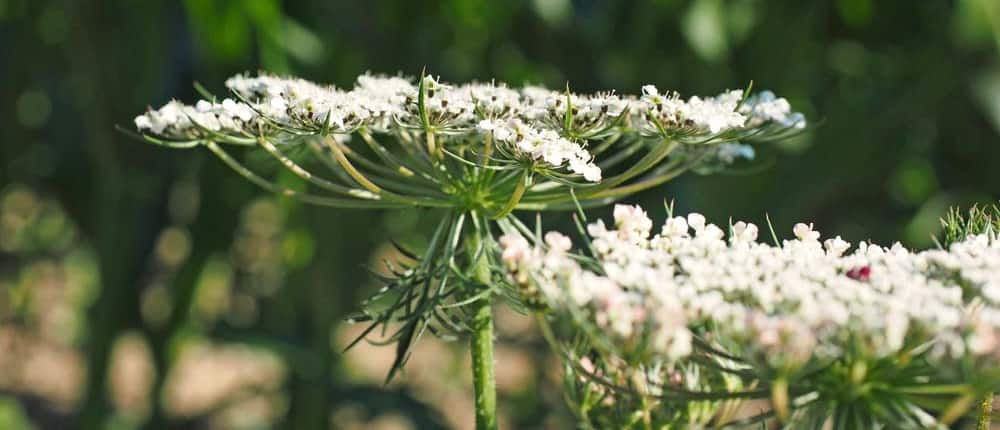
Site and Soil Needs
At their heart, carrots are a cool-season crop, but they can grow well in warmer weather with some understanding of their needs. Remember, these tasty roots originated in the high mountainous regions and were initially bred in the cooler climates of Europe, and they haven’t forgotten that!
Full sun is preferred, or partial shade in areas with warmer summers and the soil needs to be well-drained. The ideal soil is sandy loam that is deep and loose, at least 3” deeper than the longest carrot you’ll grow and loose enough to plunge your outstretched hand into past the wrist with little effort. In other words, carrots really like the ideal soil! If your soil has stones, roots, clay or hard lumps, etc., the roots will bend, fork, twist, or even completely stop.
If you don’t have the ideal soil, choose the right type and length of carrot and you can still have a bumper crop. They are broadly grouped into types based on shape, such as round, stubby, triangular, or tapered.
For heavier, clay type soils, choose a shorter, early-maturing type especially for a later cool-season crop.
Consistent soil moisture is an important but often-overlooked factor in growing excellent carrots. A timer-based drip system, adjusted to even out soil moisture levels during the day can be key to bountiful crops, especially in the arid Southwest.
Adding generous amounts of aged organic matter such as rich compost act as a sponge, retaining moisture longer and releasing it over time in addition to adding nutrients. Freshly applied or dug-in compost will cause the roots to fork and send out small side roots, so amend your carrot bed the fall before planting.
Mulching the surface to a couple of inches deep once the carrots have sprouted insulates the soil, keeping it cooler while helping to preserve soil moisture, especially in warmer climates.
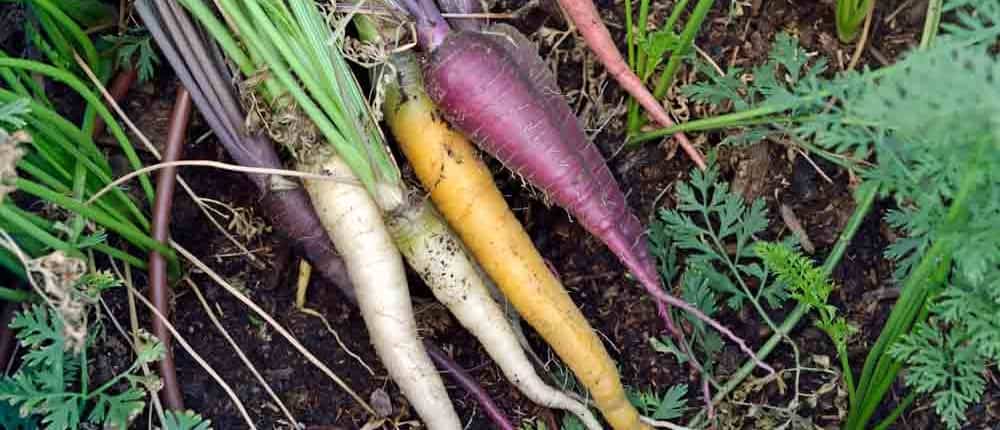
Our Insights
In our arid Southwestern garden, we’ve found that planting on the east side of taller plants– like tomatoes–gives afternoon shade, reducing temperatures and moisture loss while growing full-flavored roots with few problems. Our rows run north-south, so as the sun moves across the sky, it creates morning shade on the west side and afternoon shade on the east.
Another technique that works well is planting spring carrots where a cover crop was planted the previous fall. The cover crop thoroughly tills the soil and brings up needed nutrients while adding organic matter, making our jobs much easier.
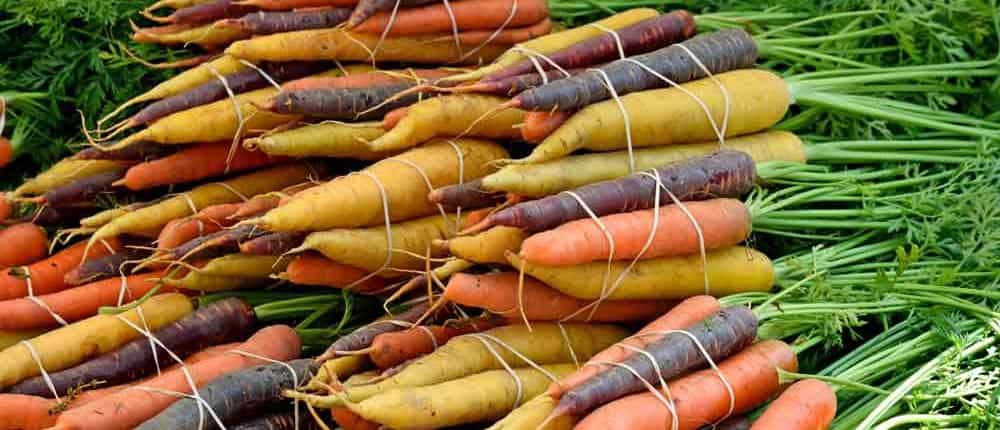
Planting
As with most root crops, carrots are direct-sown into your garden as early as three to four weeks before your last expected frost. If your soil is not already very moist, water it well before planting to speed up germination.
Seeds germinate at cool temperatures, from 50–75°F and sprout in 6–21 days, depending on the type. For a continuous harvest, succession plant seeds at about 2-week intervals until late May or early June, then again starting in early September until a month before your first expected frost.
Try to sow seeds about 1” to 1 ½” apart, which can be difficult to do by hand because of the seeds tiny size. After placing them on top of the soil, lightly cover with loose, pulverized soil or organic matter, as the seedlings won’t come up through a hard crust. Water again after sowing with a fine spray, then cover with a layer of straw mulch to keep the soil moist.
One alternative to painstakingly hand-spacing the seeds is to sow together with a radish mix, planting by slowly drizzling the seeds through your fingers along the row. The radish seedlings emerge first and shade the slower growing carrots while marking the rows and breaking any soil crust. You’ll harvest the radishes in 3 weeks, giving the carrots room to mature unhindered, while keeping the soil moist.
Thin in two stages, if needed. The first thinning is when the seedlings are 1–2” tall. Remove any seedlings closer than ½” apart by clipping the tops at soil level, avoiding disturbing the other roots. Once the tops are 6–6” tall, thin a second time by pulling the baby carrots that are closer than about 1 ½” apart, enjoying them as snacks or in an early salad.
Companion Planting
One of the very first things many beginning gardeners learn is that carrots love tomatoes, thanks to Louise Riotte and her book of the same name, first published in 1975. Carrots are beneficial to– and get along well with– many different vegetables and herbs, such as broad beans, chives, cucumbers, flax, leeks, lettuce, peas, pennyroyal, peppers, radishes, rosemary, sage, salsify, and tomatoes. One of the only antagonistic plants is dill.
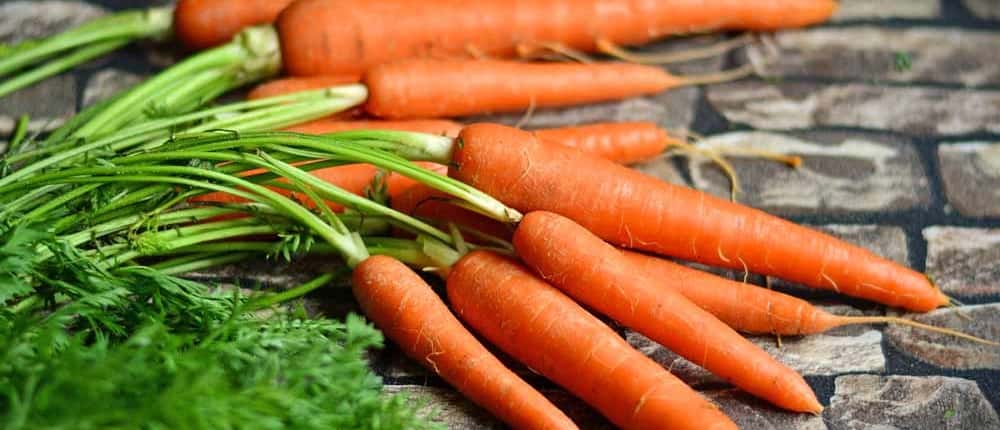
Harvest
When your tasty treats are ready, harvest them by giving the carrot a good twist to break off the fine hairs, making it easier to pull. When you have finished harvesting, cut the tops off right away before storing. Carrot tops look pretty at the farmer’s market, but they continue to draw nutrients and moisture from the root, leaving them limp and flavorless.
Carrots can keep a long time in the crisper drawer in your refrigerator, or in moist sand in a root cellar, or even well-mulched in the ground over the winter if you don’t get a prolonged hard freeze. Experienced gardeners report over-wintering in the garden sweetens the carrot and gives them a richer, deeper flavor, as it continues to gather nutrients.
Carrots are a mainstay in the garden, and with some knowledge and preparation, you will grow some of the tastiest roots you’ve ever had!

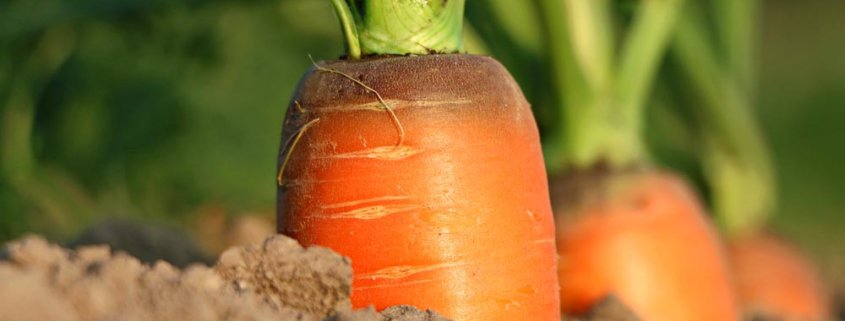
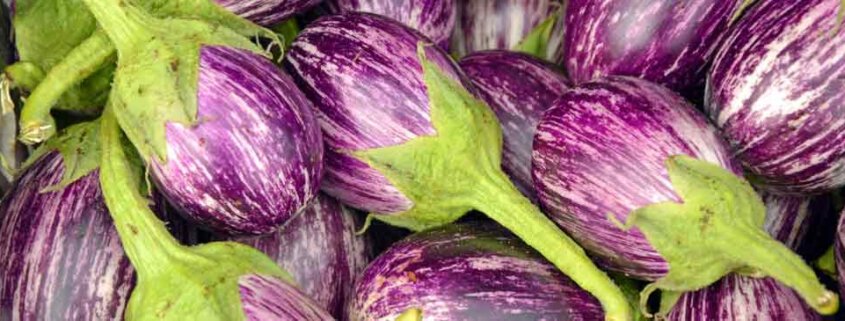 2019 Terroir Seeds | Underwood Gardens
2019 Terroir Seeds | Underwood Gardens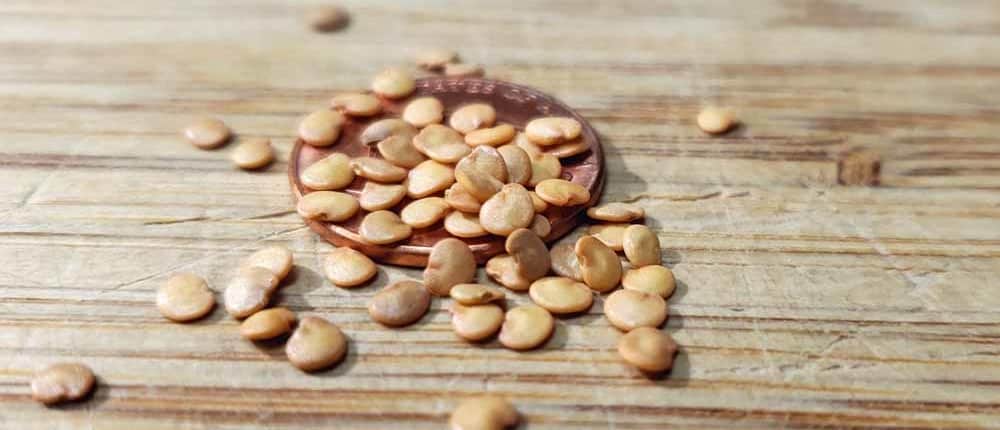
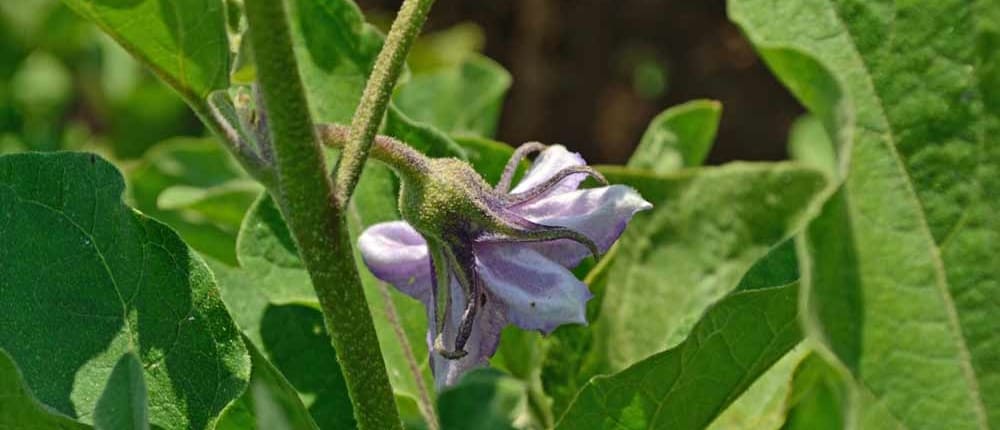
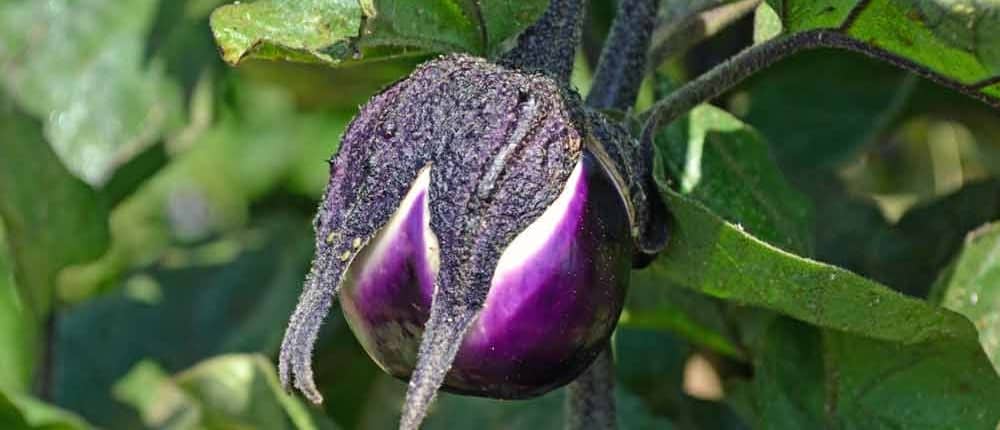
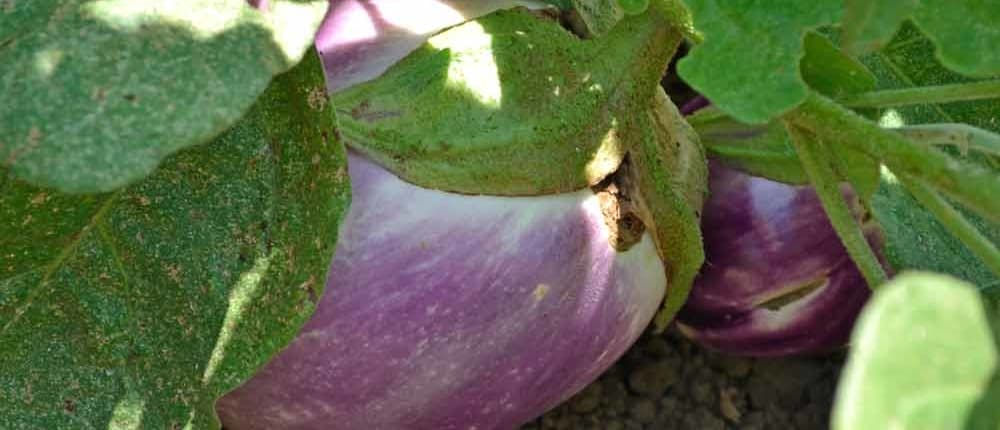
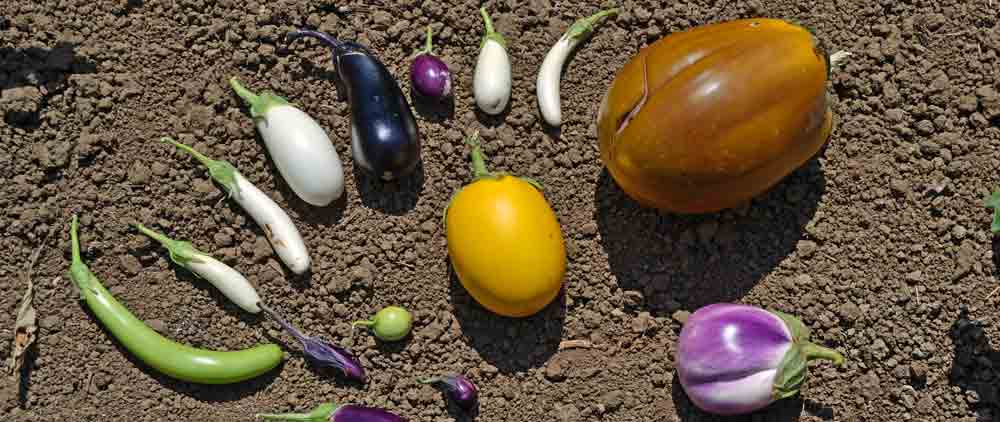
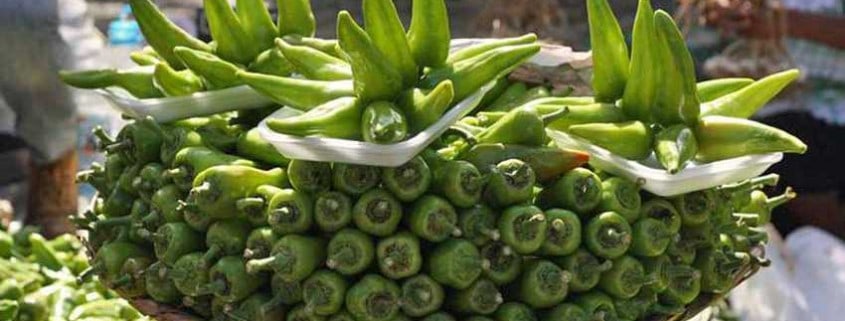

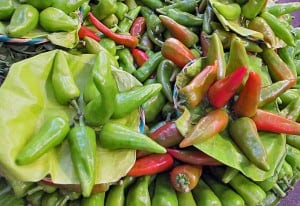

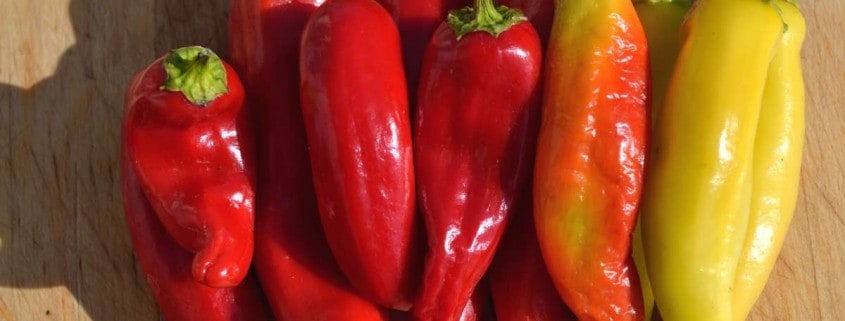
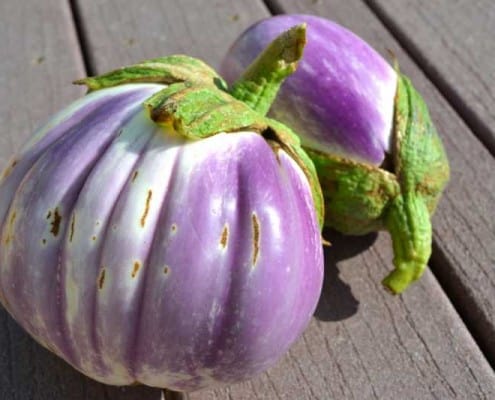
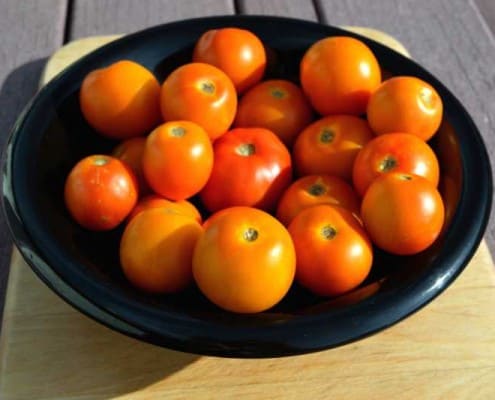
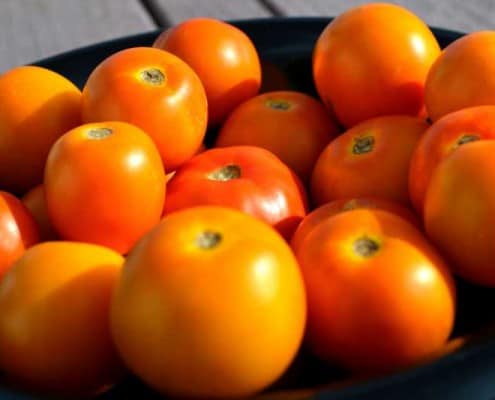


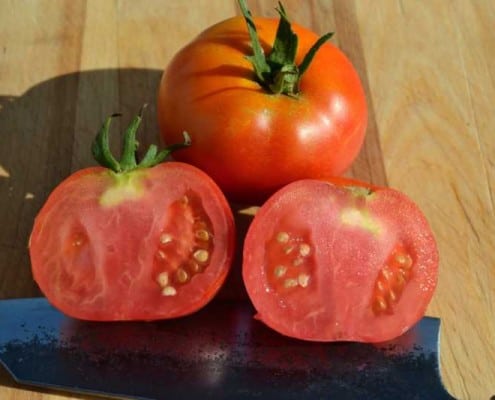


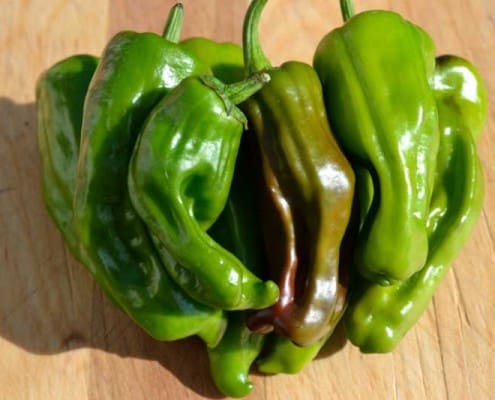
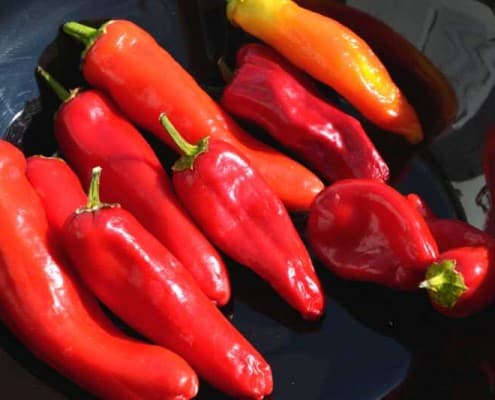

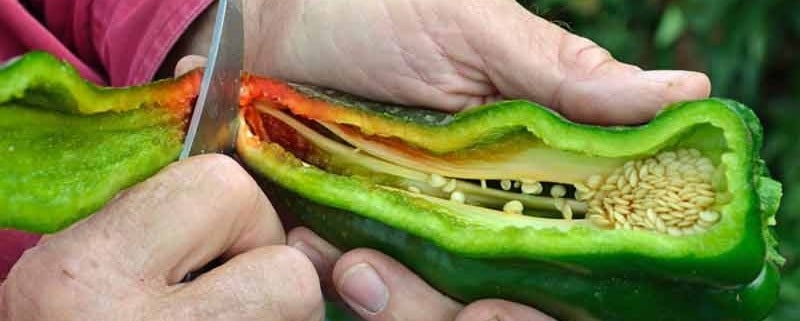





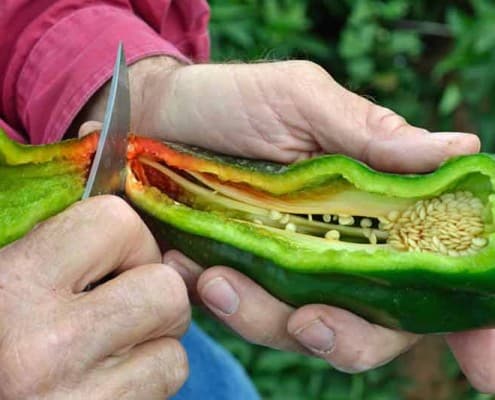
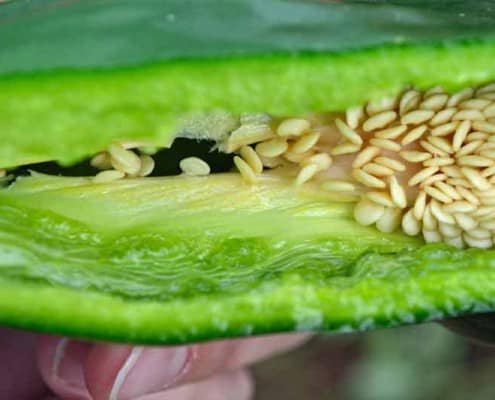



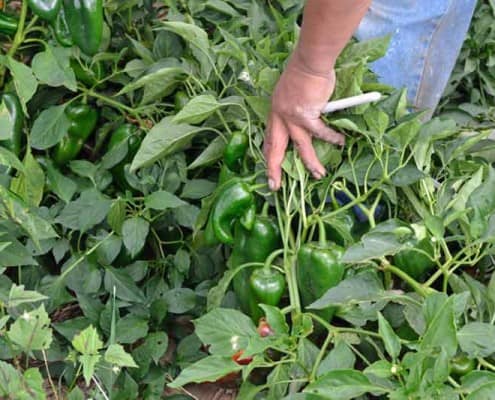

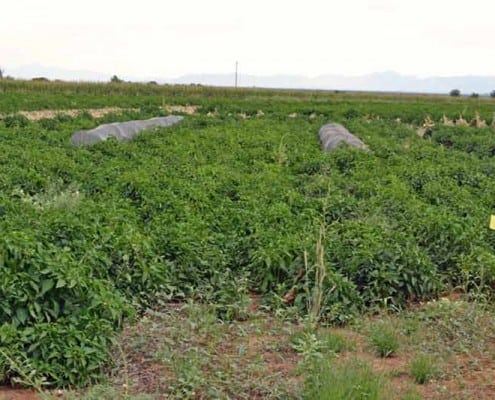
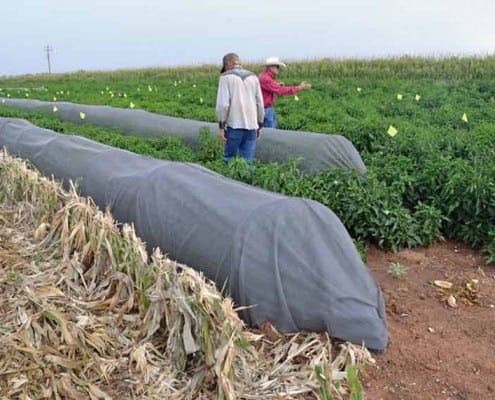
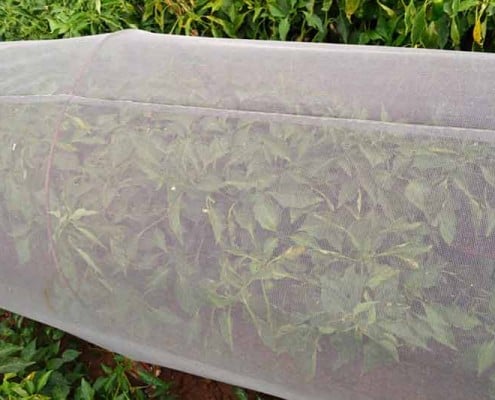

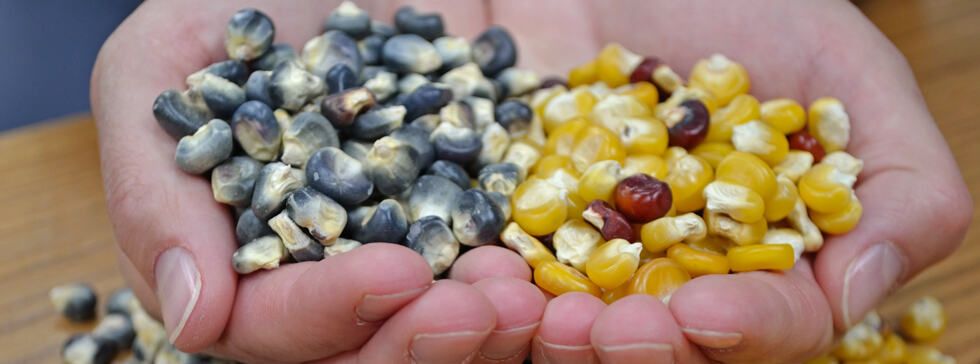
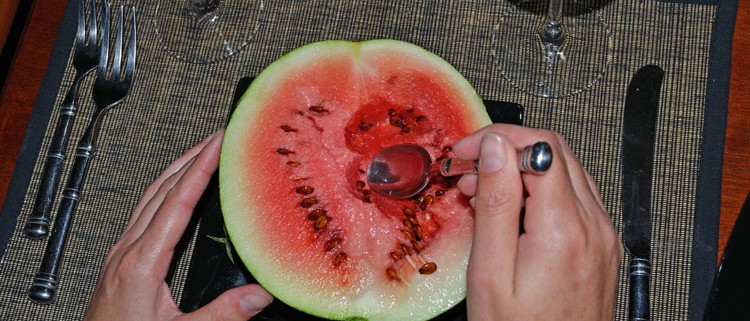
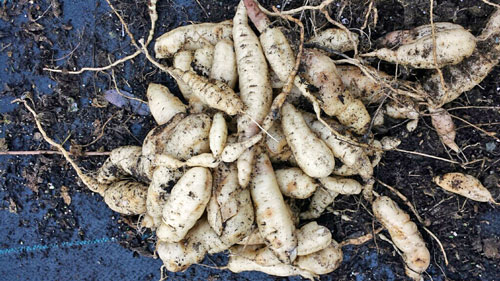
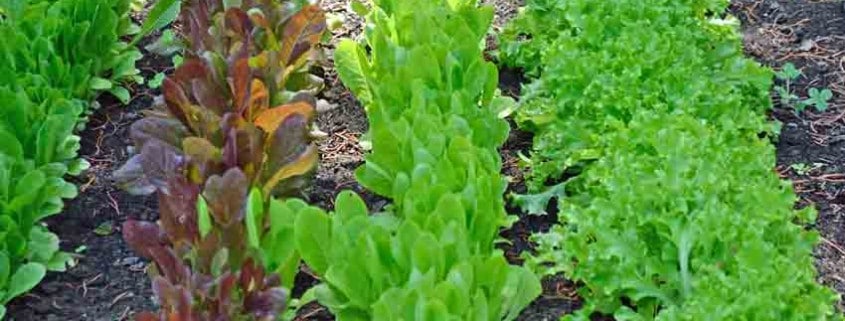
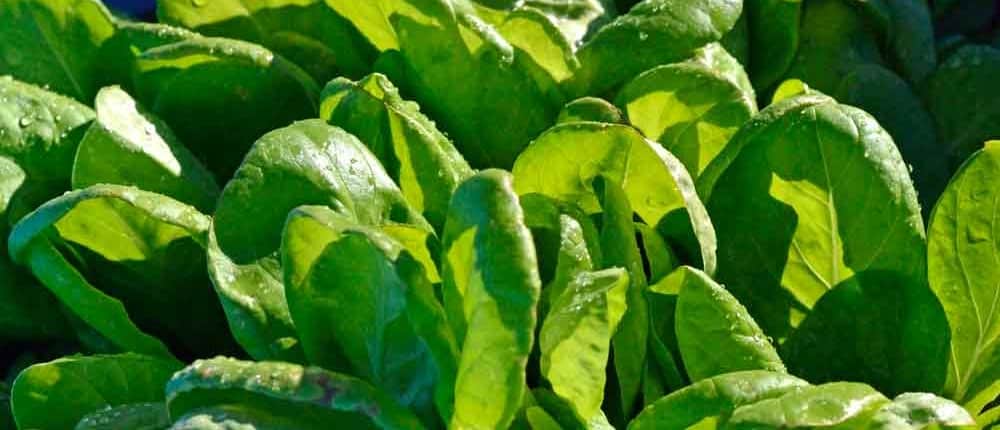
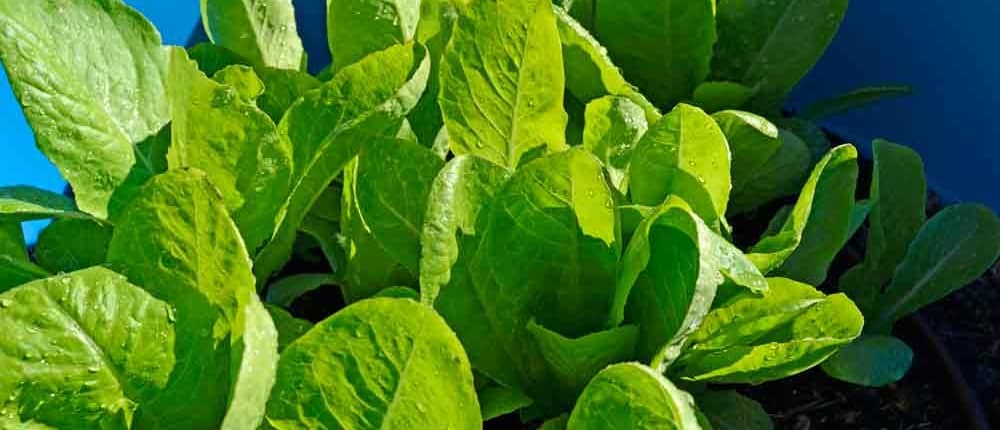

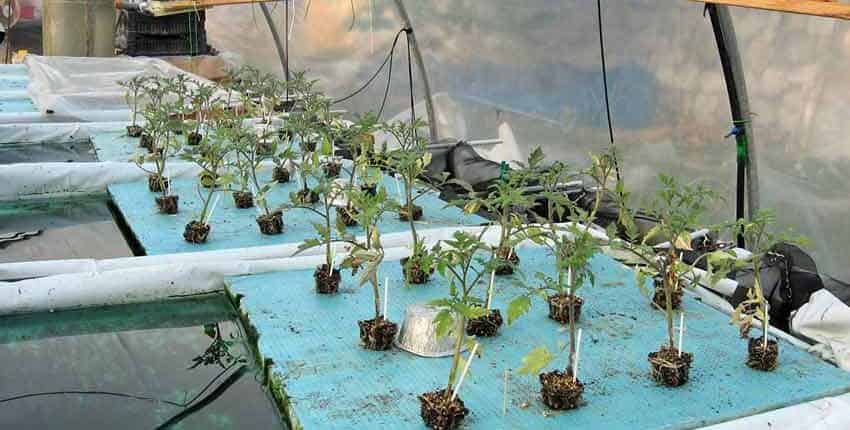

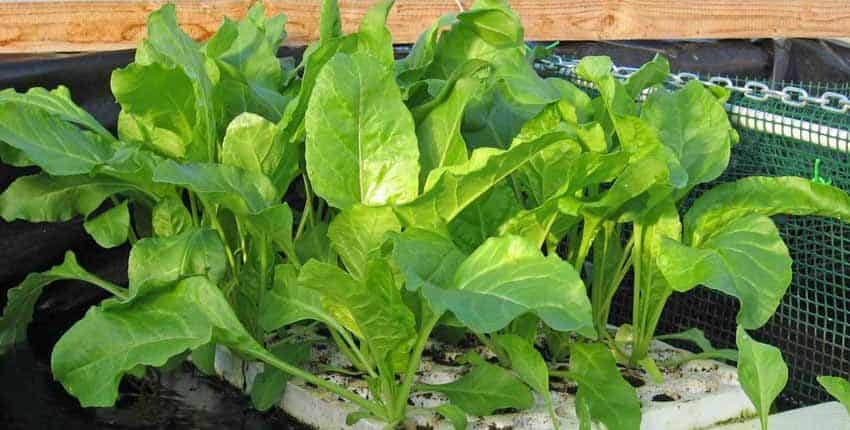
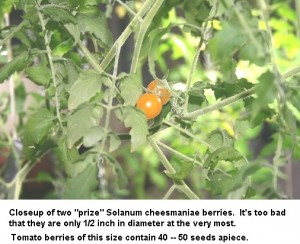

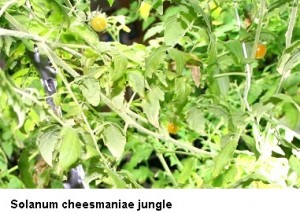


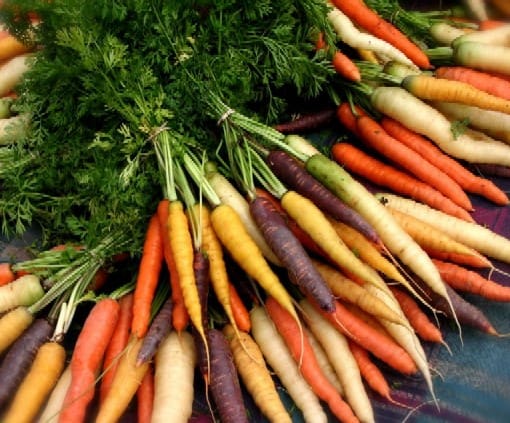


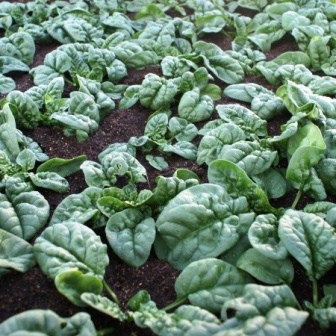
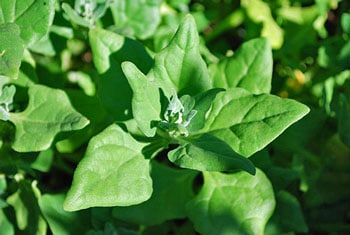







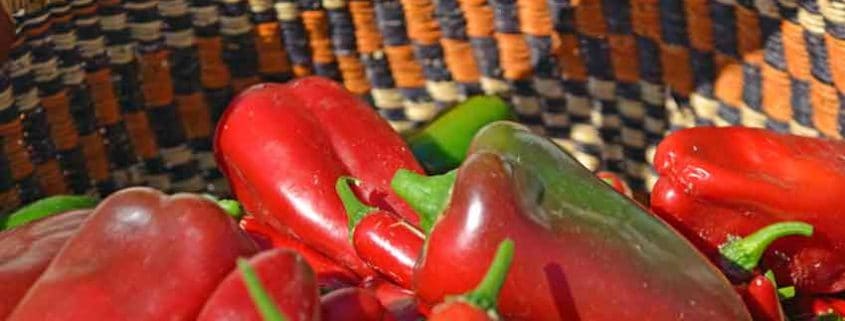
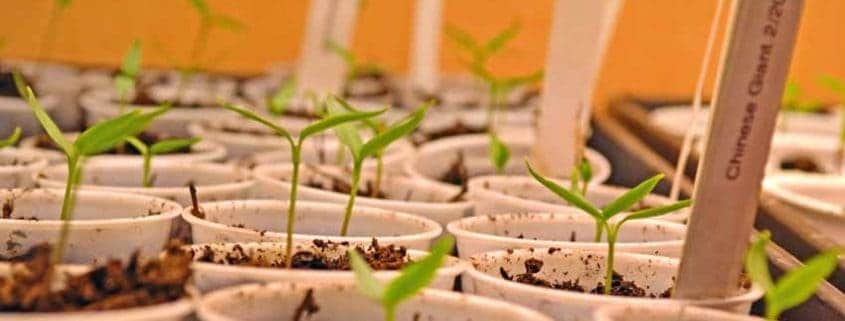

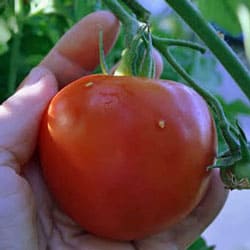
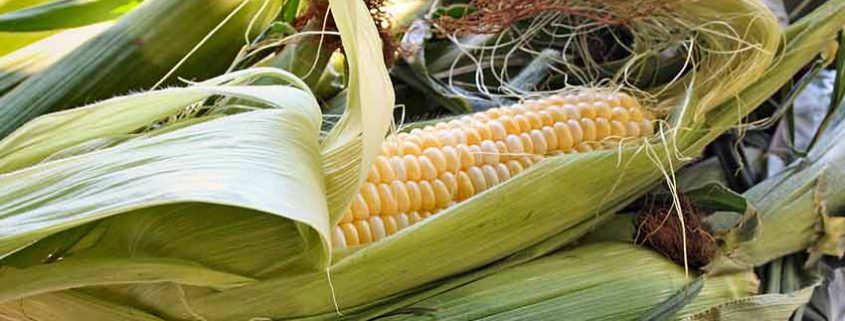


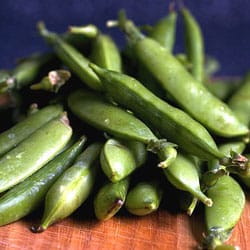
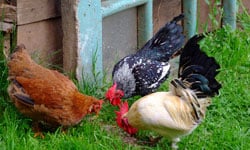
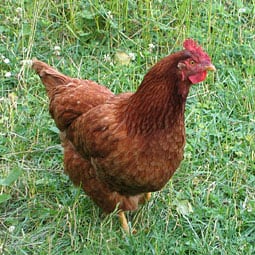
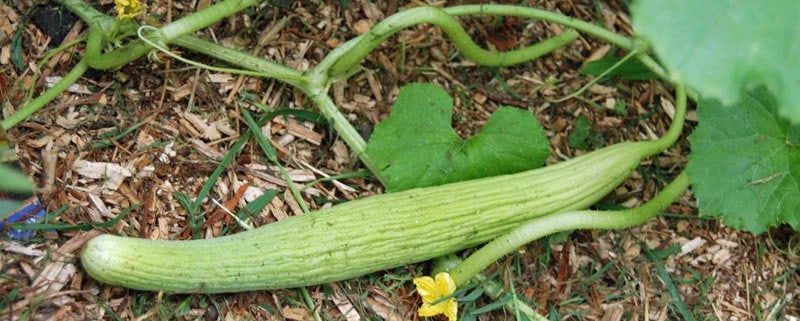
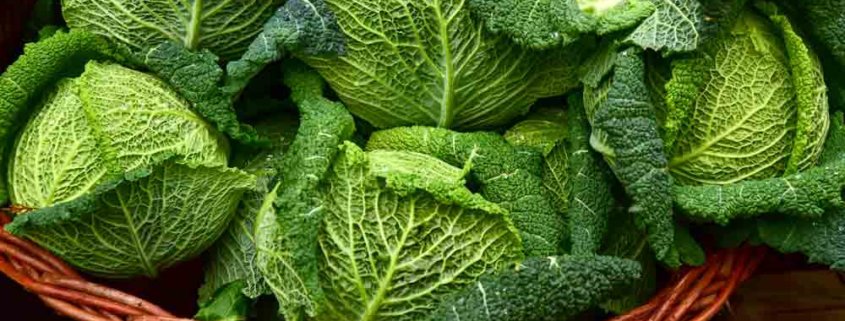 © 2024 Terroir Seeds | Underwood Gardens
© 2024 Terroir Seeds | Underwood Gardens